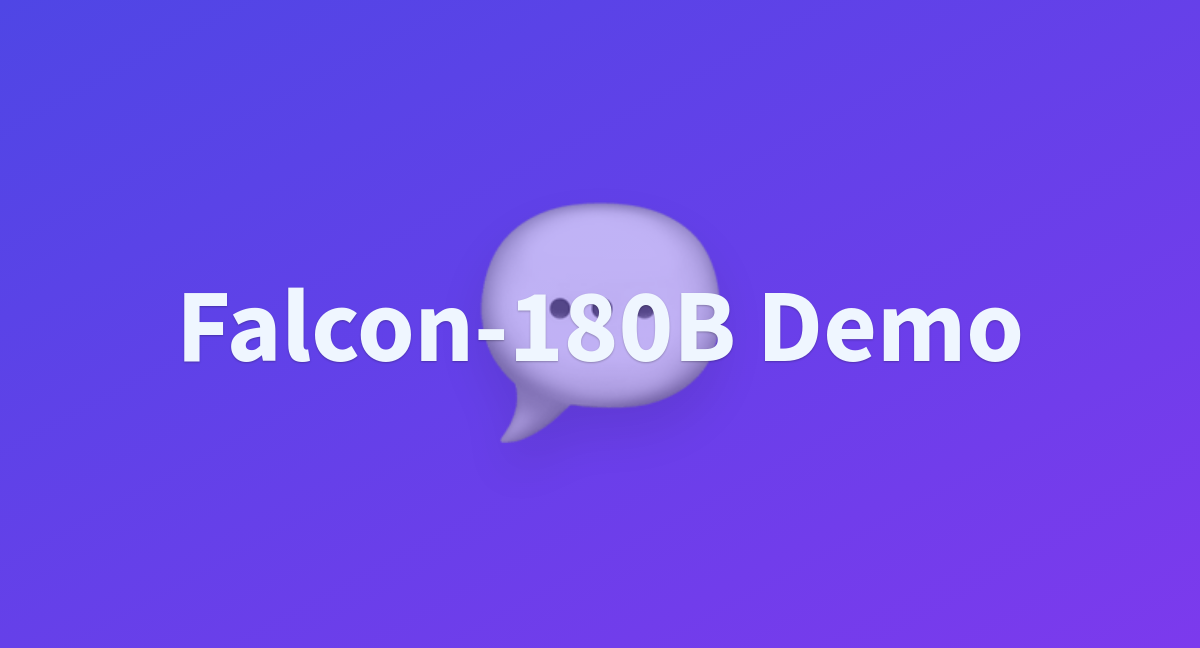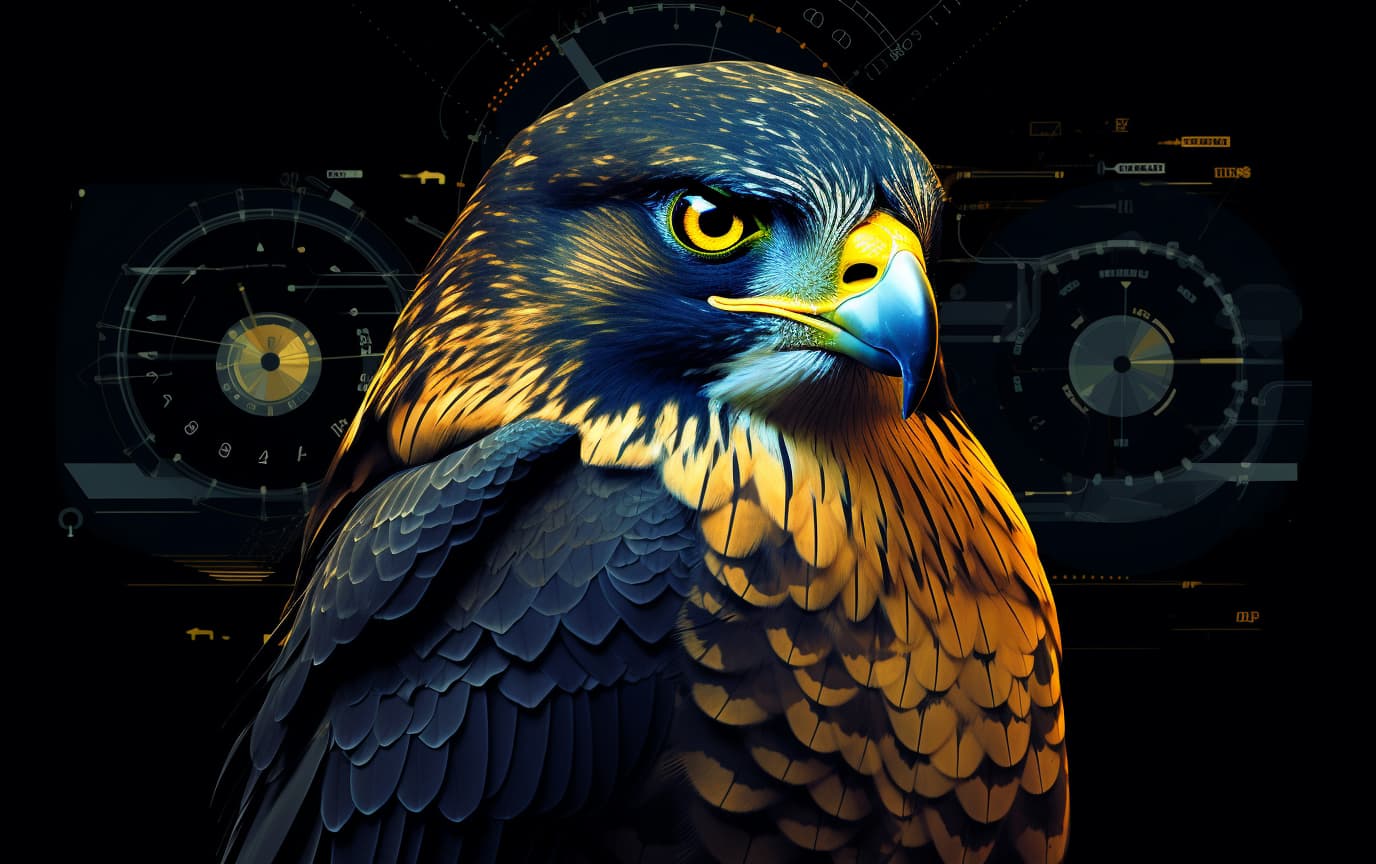The recent release of Falcon 180B, an AI model created by the Technology Innovation Institute of Abu Dhabi, has sparked excitement and debate in the AI community. With its massive size of 3.5 trillion tokens, Falcon 180B is positioned as a rival to proprietary models like Google's PaLM and Meta's LLaMA-2. However, a closer examination of the model's capabilities reveals there is still a way to go before Falcon 180B can be considered superior.


Download Falcon 180B here
The Impressive Stats Behind Falcon 180B
On paper, Falcon 180B looks incredibly powerful. It was trained on 3.5 trillion tokens culled from a "refined web dataset" over 7 million GPU hours on AWS - likely costing at least $14 million. This represents the longest single-epoch pretraining for an open AI model to date. At 2.5x larger than LLaMA-2 and trained on 4x as much compute, Falcon 180B appears ready to surpass previous benchmarks.
The creators claim it "rivals proprietary models like PaLM-2," suggesting it could be on par with or better than restricted models from Big Tech companies. However, Falcon 180B's initial results reveal there are limitations to evaluating progress on metrics alone.
- Being trained on 3.5 trillion tokens from a refined web dataset.
- Possessing the longest single epoch pre-training for an open model.
- Claiming to rival proprietary models and outdo many open-source ones.
Cost and Training Dimensions
The resources utilized to train this model are significant:
- It harnesses 4,096 GPUs concurrently on Amazon, accumulating around 7 million GPU hours.
- Although the exact cost isn't mentioned, rough calculations suggest a ballpark figure of at least $14 million.
- This financial aspect indicates the immense potential investors see in AI and its capabilities.
Performance Shows Limits of Leaderboards
Despite its massive scale, Falcon 180B ranks fairly low on Hugging Face's leaderboard for conversational AI. Many smaller, fine-tuned models outperform it. This highlights issues with over-reliance on standardized leaderboards, which may not reflect real-world performance. Still, Falcon 180B does top metrics like MMLU that test raw language understanding.

Curriculum learning and careful dataset selection likely give proprietary models an edge not reflected in basic benchmarks. Models like PaLM may also use undisclosed techniques like reinforcement learning to further boost capabilities. While Falcon 180B shows the brute force of scale, targeted training matters just as much.
While the Falcon 180B is impressive in terms of its raw capabilities and resources, its real-world performance holds the key:
- Despite its size and compute, it scores only slightly better than LLaMA-2 on the Hugging Face leaderboard.
- This disparity points to the significance of data curation and curriculum learning in AI performance.
- The results also underline the importance of not just base models but also fine-tuning and curative strategies.
Licensing Nuances and Restrictions
The Gray Area of Open-Source
While Falcon 180b is categorized as open-source, it's essential to understand the associated licensing terms. The model is not entirely free for all projects. If developers intend to use it as a service, such as through an API, they would require explicit permission.
Implications for Developers
These licensing terms can influence the choices developers make. It's critical to read and interpret the license correctly, especially if you plan to use the model in commercial projects or scalable applications.
The Falcon 180B's licensing strategy is distinctive:
- It seems to prevent firms from becoming API providers of this model.
- Such a strategy could maintain a certain market control and ensure recognition for the originators.
The Need for Holistic Model Evaluation
More extensive qualitative testing will reveal Falcon 180B's full abilities. Factors like reasoning, logic, nuance, and robustness to unusual prompts must be evaluated. Flaws and inconsistencies often emerge in real-world usage.
OpenAI likely devotes substantial resources to meticulously shaping model behaviour during training. Benchmark scores do not tell the whole story. Truly assessing and improving large language models requires comprehensive, ongoing analysis from a diverse range of researchers.
The Open Source Dilemma
While Falcon 180B touts open availability, its sheer size actually contradicts a major benefit of open-source models. The ability to run AI locally on modest hardware makes open systems more accessible. Yet Falcon 180B demands enormous compute power.
Fine-tuning such a large model requires multiple high-end GPUs or cloud resources out of reach for most. Even providing inference needs 8-16 powerful GPUs according to tests. This greatly limits who can build upon Falcon 180B, reducing the collaboration that drives open AI progress.
In contrast, smaller models can run efficiently on consumer hardware. Users can fine-tune and customize as needed. Although Falcon 180B introduces impressive open AI capabilities, its massive resource requirements undermine key aspects of an open approach.
Paradoxically, Falcon 180B's cutting-edge scale introduces limitations inherent to closed, proprietary systems. This further calls into question claims that it can rival or surpass restrictive commercial models. Truly open AI must balance state-of-the-art performance with accessibility. On this front, Falcon 180B falls short despite its 180 billion parameters.
The Falcon 180B is undoubtedly a significant advancement in AI, pushing the boundaries of what models can achieve. However, it also underscores the importance of refined data sets, fine-tuning, and the broader ecosystem. As AI continues to evolve, it will be fascinating to see how models like Falcon 180B influence the narrative and shape the future.
Though an impressive achievement, Falcon 180B has significant room for improvement before it can be considered superior to the best commercial models. Commitment to transparency and rigorous testing will be key to unlocking its full potential. For now, Falcon 180B represents impressive progress for open-source AI, but has not achieved definitive "Llama killer" status.






